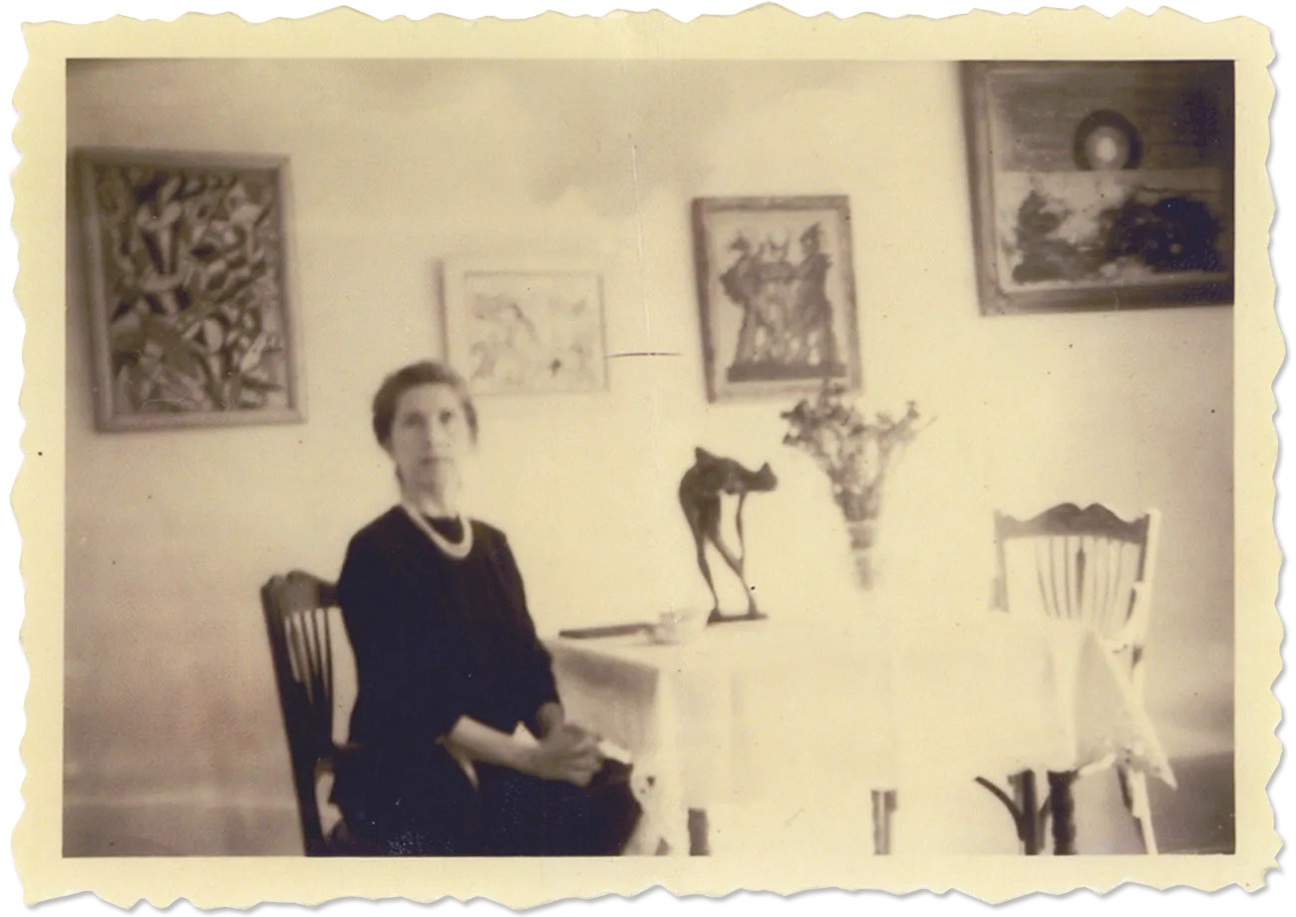Wolfgang Beltracchi, the now 72-year-old German-born artist and collector, is widely considered to be the most successful art forger in modern European history. In consort with his partner-in-crime and wife, Helene Beltracchi, he raked in millions by selling hundreds of knock-off works by master painters before being taken down by an errant tube of white paint.
Wolfgang was surrounded by art from a young age. He watched his father, a church painter and restoration artist, produce replicas of famous masterworks to occasionally earn extra cash. At just 14, he astonished the man by painting his own, passable Pablo Picasso from the artist’s Blue Period.
“Obviously one has to invest a lot of time to achieve success by painting one’s own works,” Wolfgang told Vanity Fair in 2012. Instead of going that route, Wolfgang chose to recreate the paths of others, creating and selling old master forgeries in the ‘80s.
The conman painted work in the style of European artists such as Max Ernst, Fernand Léger, Kees van Dongen, André Derain, and Johannes Molzahn. At the peak of this scheme, Wolfgang was proficient in the styles of 50 different artists. Helene, who he married in 1993, would pass them off as undocumented masterpieces or paintings that had been mentioned by name in artists’ notebooks but never located.

At one point, the Beltracchis claimed to have inherited an art collection from Helene’s German grandfather, which also comprised the works of Alfred Flechtheim, a German-Jewish art dealer who was forced to leave Germany during the Second World War. In truth, Helene’s grandfather was a known Nazi unlikely to befriend a Jewish art collector. Whenever the loose provenance of the pieces was challenged, the couple would add credence to their records by donning period-appropriate clothing and posing for photos as the characters in their fantastical stories, forgeries hanging conspicuously in the background.
Wolfgang and Helene duped art collectors, historians, and the biggest auction houses. In 2004, actor Steve Martin paid $860,000 for Wolfgang’s Landscape with Horses, allegedly by Heinrich Campendonk. Sotheby’s, Lempertz, and Christie’s all fell for the fakes, with the latter even using one of the pieces on the cover of a sale catalogue. In total, the couple made an estimated $100 million with their forgeries. At the Metropolitan Museum of Art in New York, one of Wolfgang’s Ernst forgeries was included in a retrospective. In 2006, Wolfgang’s rendition of the artist’s long-lost The Forest (2), sold for $7 million. “[His widow] saw the painting and said that it was the most beautiful picture that Max Ernst had ever painted,” Helene told Vanity Fair.
One day, in the early aughts, Wolfgang ran out of the zinc needed to mix his white paint. He was working on Rotes Bild mit Pferden (Red Picture with Horses), a painting to be passed off as a Campendonk original. While he would usually mix his own pigments, ensuring they could pass as true to the forgeries’ original periods, this time, because of laziness or overwhelming hubris, that time he he decided to buy a premixed tube.
The painting sold to an investor in November 2006 for a record price of €2.8 million (approximately $3.5 million). The buyer, dubious of past forgeries and fake collection tags, decided to send the painting to a lab for analysis. Unfortunately, the manufacturer of the premixed paint failed to disclose one crucial ingredient: titanium white. The pigment had only been used since the 1920s. Rotes Bild mit Pferden was allegedly made in 1914.
The discovery sent shock waves throughout the art world. Galleries had praised the couple’s collection, auction houses had been duped, and the reputation of many art collectors, critics, and experts was tainted. The couple was arrested in August of 2010. After a short trial in the summer of 2011, Wolfgang was sentenced to six years and Helene to four.
Wolfgang and Helene both served their time in an “open prison,” the equivalent of a U.S. halfway house, and were released after just one and three years, respectively. The couple claimed to have produced around 300 fakes, but were only charged for the 14 dupes that could be verified in a court of law. Allegedly, many of the pieces are still renowned as originals and hang on proud display in homes, private collections, and possibly even bigger art institutions.
Sign Up for the Cultured Newsletter
Sure, we can be close friends. Unfiltered access awaits.